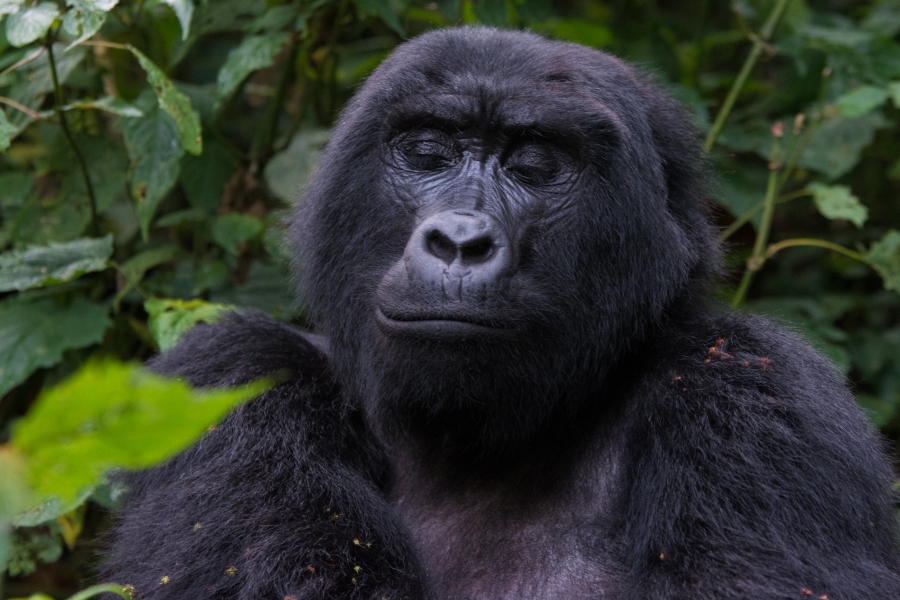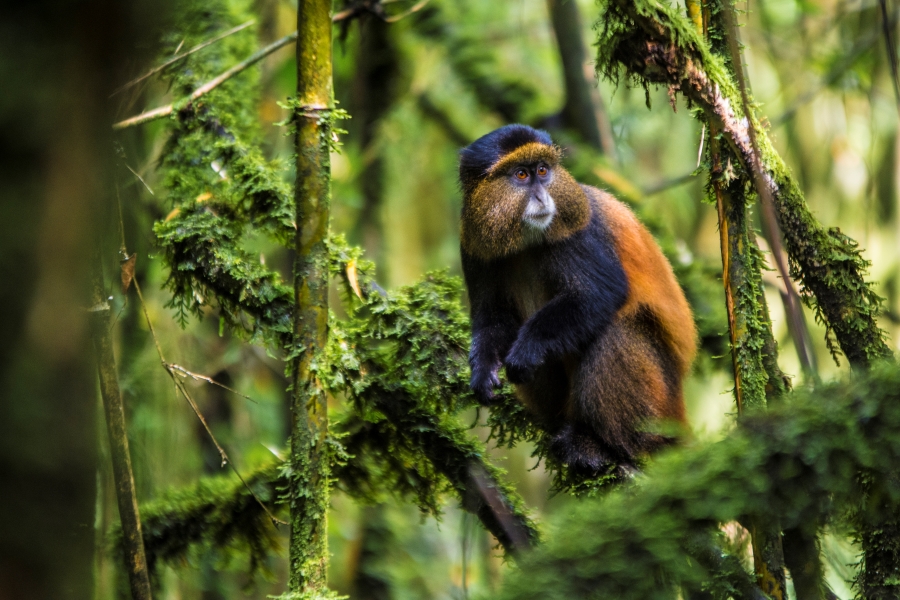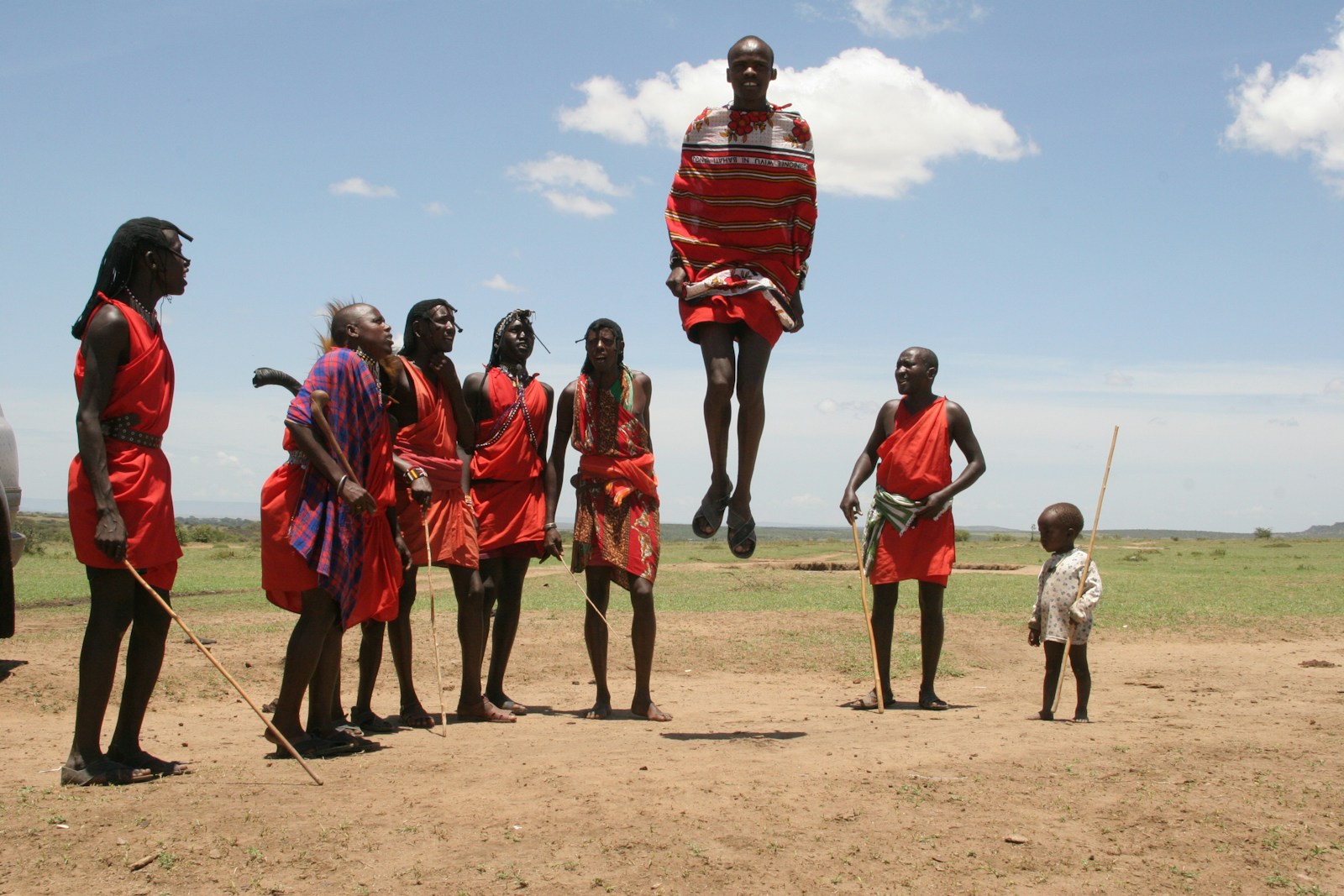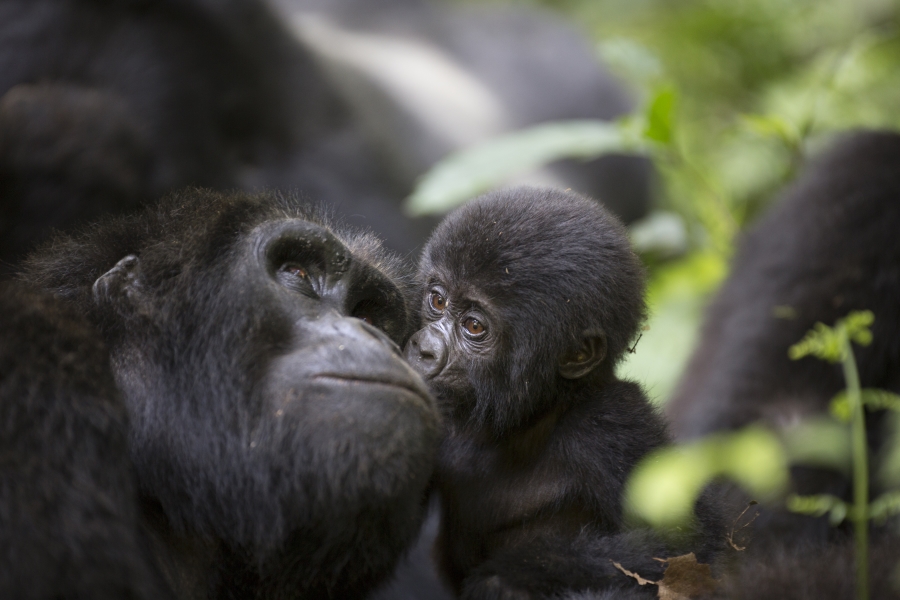How Is Gorilla Trekking Different From Gorilla Habituation

The difference between gorilla trekking and gorilla habituation lies primarily in the level of gorillas’ familiarity with humans. During gorilla trekking, the gorillas are already accustomed to human presence, whereas, during gorilla habituation, the gorillas are in the process of becoming familiar with humans. In both activities, considerations such as price, experience, time duration, and other factors vary as follows:
Gorilla Trekking
Gorilla trekking is the most popular activity for viewing mountain gorillas in Africa. Half of the world’s endangered mountain gorillas live in Uganda, while others are found in Virunga National Park in the Democratic Republic of Congo and Volcanoes National Park in Rwanda. However, only in Bwindi Impenetrable National Park does one have a 96% chance of spotting gorillas.
To participate in gorilla trekking, visitors must obtain a gorilla trekking permit. This document grants access to participate in gorilla-related activities. Gorilla trekking typically begins with a briefing at the park headquarters and concludes at the headquarters as well, where successful trekkers receive certificates.
Gorilla Habituation
This is a long-term process in which researchers train wild gorillas to tolerate human presence, making it safe for visitors to approach them. The process involves a dedicated team of experts who monitor the gorillas until they are comfortable around humans.
In Uganda, gorilla habituation was introduced in 2014, making it a unique activity exclusive to the country. Only four people are allowed per gorilla family during a habituation session.
Comparison of Gorilla Trekking and Habituation of Gorilla
1. Pricing
- Although both permits are issued by the Uganda Wildlife Authority (UWA), the prices differ significantly. As of July 2024, a permit for gorilla trekking costs $800, while a permit for gorilla habituation costs $1,500.
2. Time Spent
- Gorilla trekking involves spending one hour with a habituated gorilla family after locating them, which may take approximately 30 minutes. In contrast, gorilla habituation allows participants to spend four hours with the gorillas in their natural habitat.
3. Number of Participants
- During gorilla habituation, a maximum of four people can participate with a single gorilla family, whereas, for trekking, eight people are allowed per gorilla group.
4. Essential Items to Pack
- For both activities, participants are advised to pack essentials such as long-sleeved shirts, waterproof hats, energy snacks, and long trousers to ensure a successful experience.
Conclusion
Both gorilla trekking and habituation with Kyooma Gorilla Safaris provide thrilling and memorable experiences in Bwindi Impenetrable National Park.
Rules and Regulations for Gorilla Trekking and Habituation
- Do not litter in the park.
- Avoid using a flash during photography.
- Maintain a 7-meter distance from the gorillas.
- Refrain from eating or drinking near the gorillas.
These rules ensure the safety and conservation of gorillas while providing a respectful and enriching experience for visitors.



